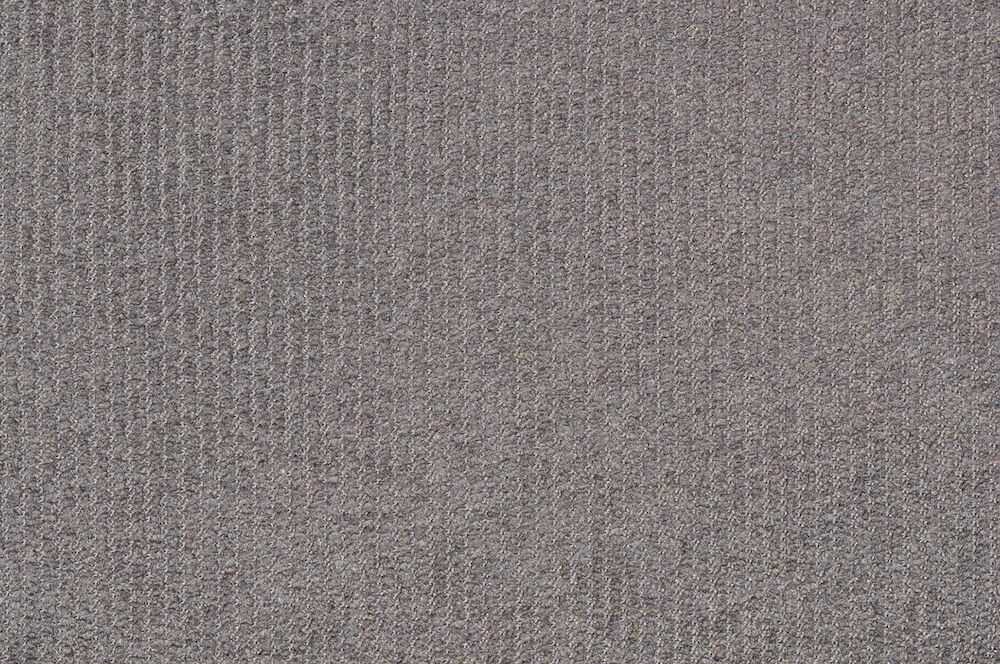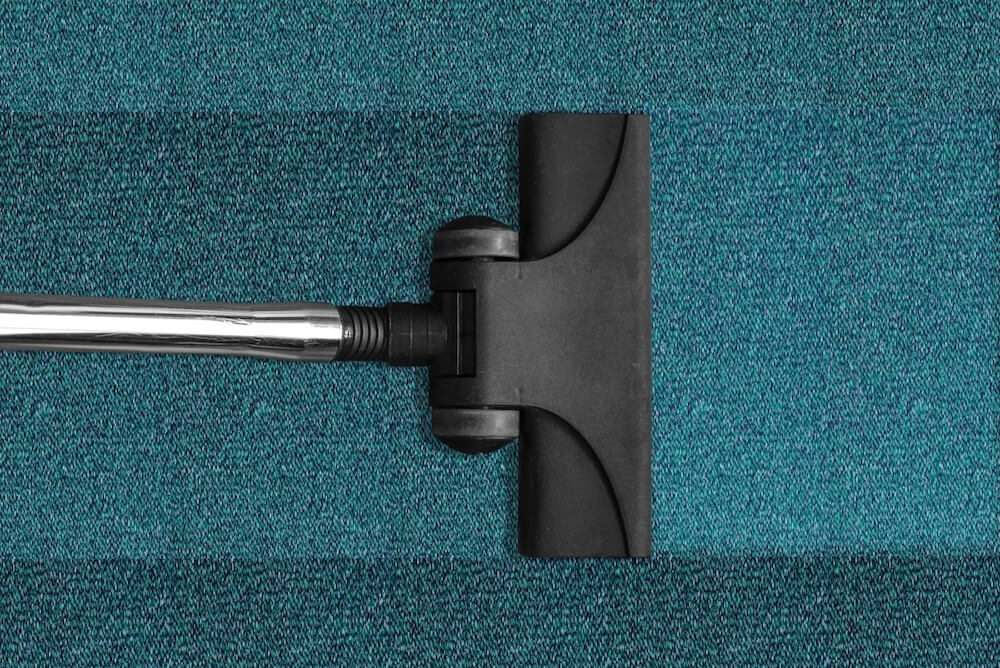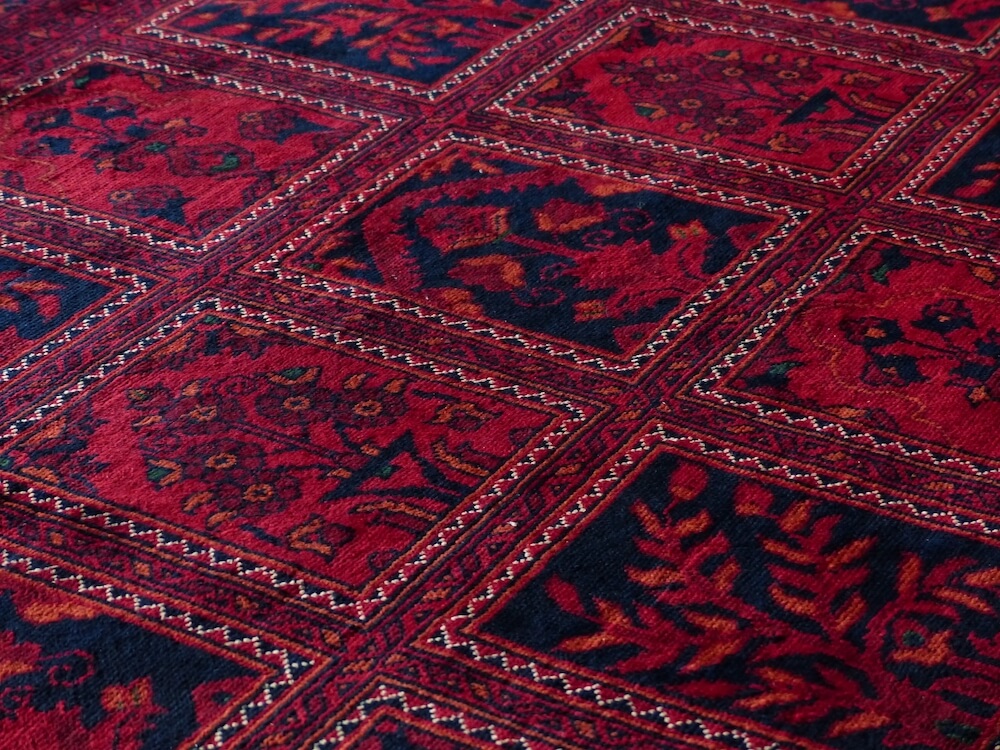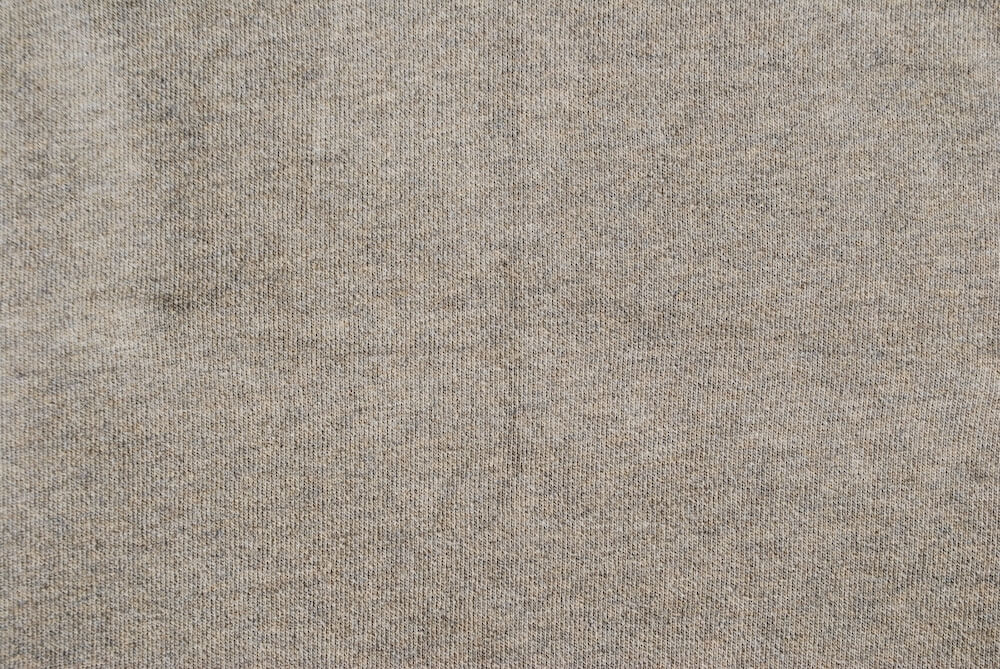Cleaning Wool Carpets Vs Cleaning Synthetic Carpets
It’s one of the big choices faced by everybody who’s browsed a carpet seller’s catalogue or wandered into a Battersea carpet store. Should you choose nylon carpets (or polyester carpets), or do you opt for the natural wool option? What’s the difference, apart from the price? And does it make a difference when the time comes to deep clean the carpets?
Let’s take a look at each type of carpet (nylon, wool and polyester as a bonus) and consider the advantages and disadvantages of each. However, it’s important to remember that all carpets need regular vacuuming and deep carpet cleaning once a year – and if you spill something on the carpet, you need to deal with it ASAP and contact your nearest stain removal specialist as well.
Cleaning Synthetic Carpet
Nylon: The Pros
Nylon carpets are by far the most common type of carpet, and you can find a nylon carpet in just about every colour under the sun and in every style. These colours tend to be fade-resistant as well – in fact, nylon carpets are believed to be the most fade-resistant. They tend to be cheaper than woollen carpets. Nylon is also long-lasting and tough, meaning that it’s great for high-traffic areas. In fact, it’s perfect for high-traffic areas, as it has what’s known as “fibre memory”, meaning that it bounces back into shape easily rather than being crushed and felted. Nylon carpets are also considered to be super-easy to deep clean and respond well to all methods, including the vigorous ones like bonnet buffing and the wet ones like carpet shampooing and steam cleaning.

Although nylon carpets are made from non-renewable resources, it’s possible to recycle a nylon carpet at the end of its life, although you may have to hunt around a bit to find a centre that does this.
Nylon: The Cons
Nylon is the type of carpet that’s most prone to static, although it’s possible to treat the carpet for this. If you get annoyed by the snap, crackle and pop of static when you walk or work out on a carpet, then nylon might not be the best choice. Nylon is also pretty nasty if someone puts something really hot on it by mistake, such as hair straighteners. Whereas wool will just singe and smell of burnt hair, nylon will melt and give off vile toxic fumes. However, it’s not super-flammable. Nylon is also dyed, meaning that it can become stained unless it’s been treated (many modern nylon carpets will have been treated for stain resistance, but you might want to talk to your local professional carpet cleaner about Scotchgard stain protection). Out of all three types of carpet, nylon tends to be the least soft, although modern nylon carpets tend to be pretty soft all the same.
Nylon is also a synthetic fibre that’s derived from petrochemical sources, so it’s not sustainably sourced. Any little fibres it sheds will also contribute to the traces of plastic in the air, soil and water, which may be a concern.
Polyester: The Pros

Polyester is by far the most stain-resistant of all carpet types, as it is made in the colour you buy it in; nylon and wool, on the other hand, are dyed. If it can be dyed, it can be stained. This makes it a good choice in areas where spills and stains are likely (kindergartens and early childhood centres where softness is important but where small people spill things). Polyester carpets also tend to be quite cheap as well; however, this does depend on the quality of the carpet fibre, and a good quality polyester will be more expensive than a low-grade nylon. Although they are made from artificial fibres, it’s possible to make polyester out of recycled materials (e.g. old PET plastic bottles). Polyester also tends to be softer than nylon, although this does depend on the quality.
Polyester: The Cons
Polyester carpets are more prone to wear than any other type of carpet. This means that they become threadbare more quickly, especially in high-traffic areas. They also show “tracking” and don’t bounce back after being crushed. This means that you’ll get weird-looking marks on the carpets in the areas that get the most use. It can also pill and felt up pretty easily, so it’s best not to deep clean a polyester carpet via a vigorous method such as bonnet buffing.
Although polyester carpet is often made from recycled materials, it’s harder to recycle the old carpet itself, which is a nuisance from an environmental perspective. Maybe you can get lucky with a recycling centre somewhere in Battersea, where carpets are accepted and recycled. Good luck!
Cleaning Wool Carpet
Wool: The Pros
The big advantage of wool is that it is a natural fibre that comes from a sustainable source: the back of a sheep that eats grass – although you may find this to be a disadvantage if you are a vegan who extends the “no animal products” to interior decoration as well as what you eat and wear. However, for the rest of us, a sustainable natural product that doesn’t produce toxic gases is a real plus. On top of that, wool carpets tend to be naturally stain resistant (at least up to a point) and slightly fireproof. Some claim that they’re hypoallergenic, but I’m not so sure about that, as any carpet can be a hazard for those with severe asthma, as carpets are a lurking place for dust mites – if this sound like you, then opt for a jute mat instead. However, wool does absorb some of the nasties out of the air, meaning that the air quality in your home can be better with wool. Wool also absorbs moisture without feeling wet to the touch – this can help keep your home dryer, but it can also be a problem when it comes to deep cleaning time, as the drying time for wool carpets will be longer. As it’s a natural product, wool is also biodegradable at the end of its life and can be composted easily enough – it may take a while, but old wool carpet will break down eventually in a domestic compost heap (hint: old wool carpet makes a good weed mat for planting around trees in the garden – it will last long enough to suppress weeds while the tree gets underway, then breaks down into the soil).

Wool is also the softest of all the possible carpet fibres and is also the warmest. After all, wool keeps a sheep warm all through the rigours of harsh winters!
Wool: The Cons

Wool is a lot more expensive than synthetic carpets, which is nuts if you really think about it, given that humans have been breeding and raising sheep for wool and making woollen carpets for centuries if not millennia. Wool can be stained by a combination of heat and acid (you can dye wool for craft purposes this way), which means that you have to be careful when removing stains and deep cleaning wool carpets. Wool is super-soft but it can also crush and felt easily, which means that it’s not so good for high-traffic areas such as corridors and business premises – however, it’s fine in bedrooms. Because it’s natural, wool looks like one big tasty feast for clothes moths unless the carpet is treated against this – and that means introducing insecticides into your home; as we all should know, insecticides don’t just kill unwanted insects like clothes moths, but they also kill the beneficial ones like bees and ladybirds. The absorbency of wool also means that it’s more prone to mould and mildew if it gets wet – double that if the wool is worked through a natural jute backing. There is a downside to being biodegradable… This is why low moisture deep cleaning methods are best for natural wool carpets unless you’ve got a lot of patience and good ventilation to put up with a very long drying time.
